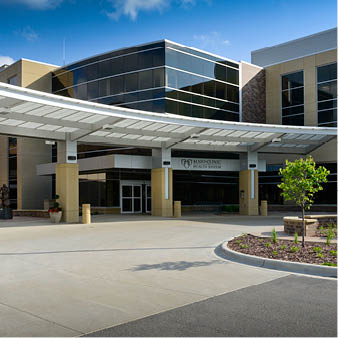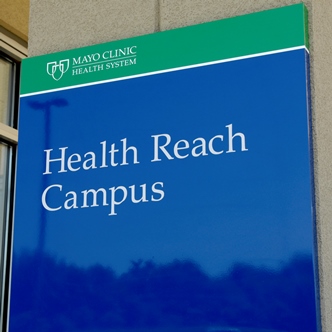
Albert Lea, MN
Health Reach Campus
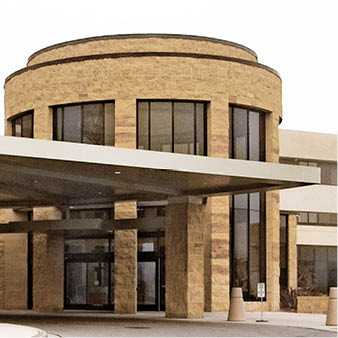
Albert Lea, MN
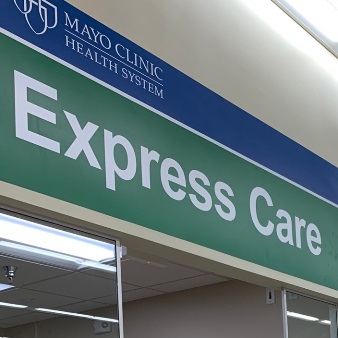
Albert Lea, MN
Express Care
Austin, MN
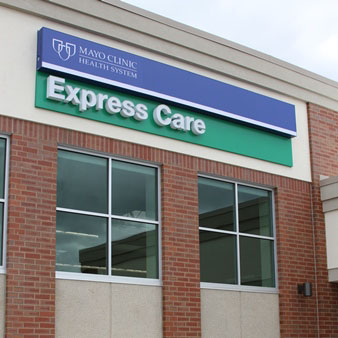
Austin, MN
Express Care
Barron, WI
Bloomer, WI

